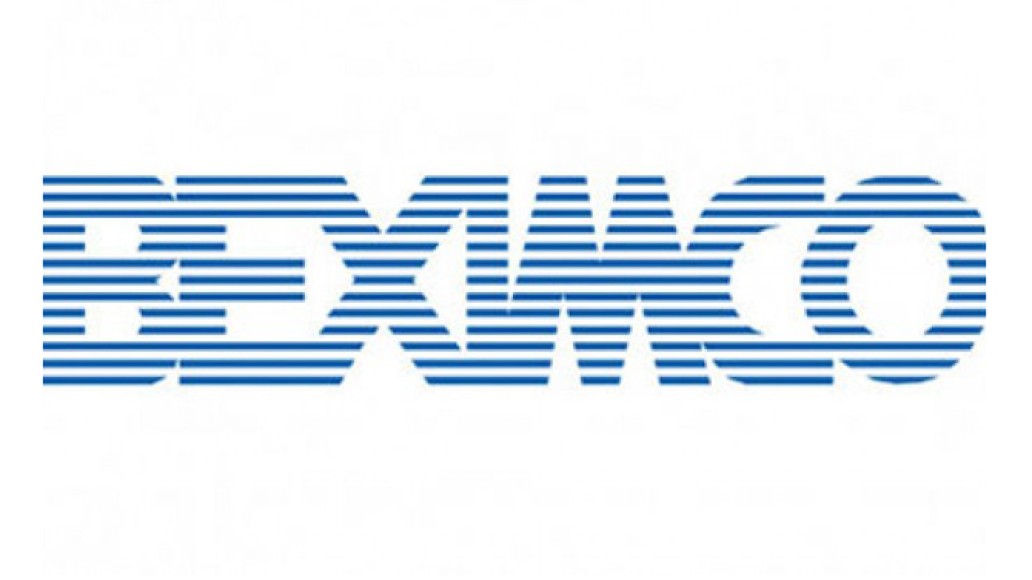
Moon Desk: In a concerning revelation, food safety authorities within the European Union have identified traces of ethylene oxide, a cancer-causing chemical, in 527 products associated with India between September 2020 and April 2024. The majority of these contaminated items include nuts and sesame seeds (313), herbs and spices (60), dietetic foods (48), and other food products (34).
Ethylene oxide, known for its carcinogenic properties, prompted bans on Indian products in regions like Hong Kong and Singapore due to its presence. Despite routine discoveries of this chemical in Indian products by the European Food Safety Authority, there has been a notable absence of proactive measures to prohibit its usage.
During the specified period, 87 consignments were rejected at the border, while numerous others were subsequently removed from markets. Ethylene oxide, primarily used as a pesticide and sterilising agent, was originally intended for sterilising medical devices. Exposure to this chemical is linked to various cancers, including lymphoma and leukemia.
Data from the Rapid Alert System for Food and Feed (RASFF) indicates that ethylene oxide was detected in 525 food products and two feed products. While India was identified as the primary origin country for 332 of these products, other countries were also implicated where traces of the chemical were found.
Jubin George Joseph, Chief Operating Officer of Ramaiah Advanced Testing Labs, highlighted additional risks posed by ethylene oxide contamination, including the production of harmful by-products such as ethylene glycol. He emphasised the urgent need for the Indian government, particularly the Food Safety and Standards Authority (FSSAI), to explore safer alternatives such as gamma ray treatment and encourage industries to adopt these methods.
Concerns were also raised by activists regarding the presence of such chemicals in exported goods, emphasising the necessity for thorough safety checks in local markets. Despite inquiries sent to FSSAI, responses were not available at the time of publication.
Joseph suggested that ethylene oxide is likely used widely for sterilisation purposes against bacteria like salmonella and E. coli. He underscored the need for more comprehensive testing for the chemical to obtain a clearer understanding of its prevalence.
The EU has set a limit of 0.1 mg/kg due to concerns over ethylene oxide and its highly toxic breakdown products, 2-chloroethanol and ethylene glycol. Although the Spices Board advised exporters to conduct tests for ethylene oxide in September 2021, the detection of 121 contaminated products in 2022 and 2023 indicates that Indian products have yet to meet quality standards.







